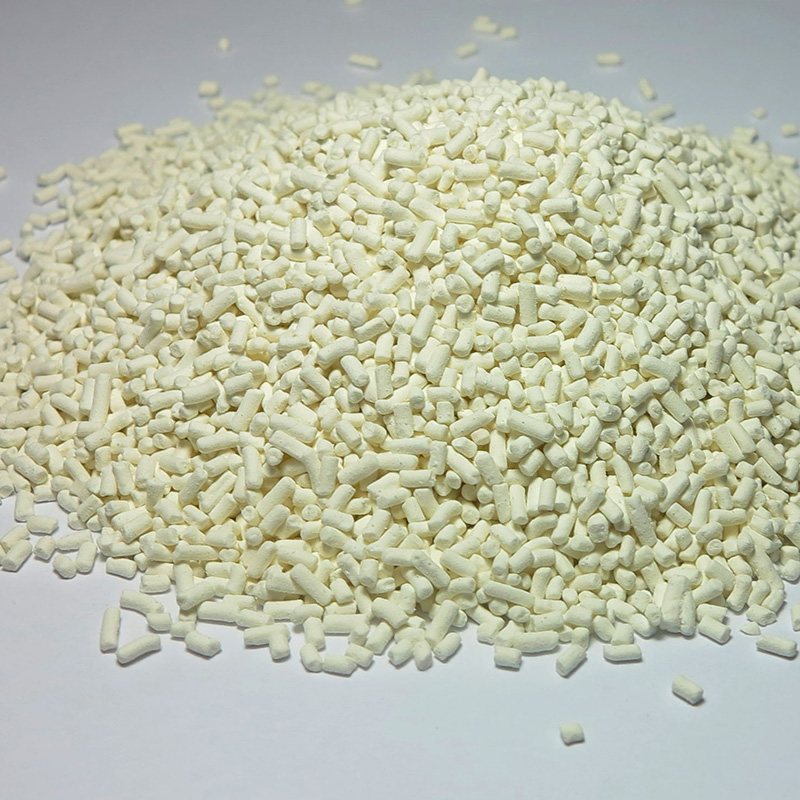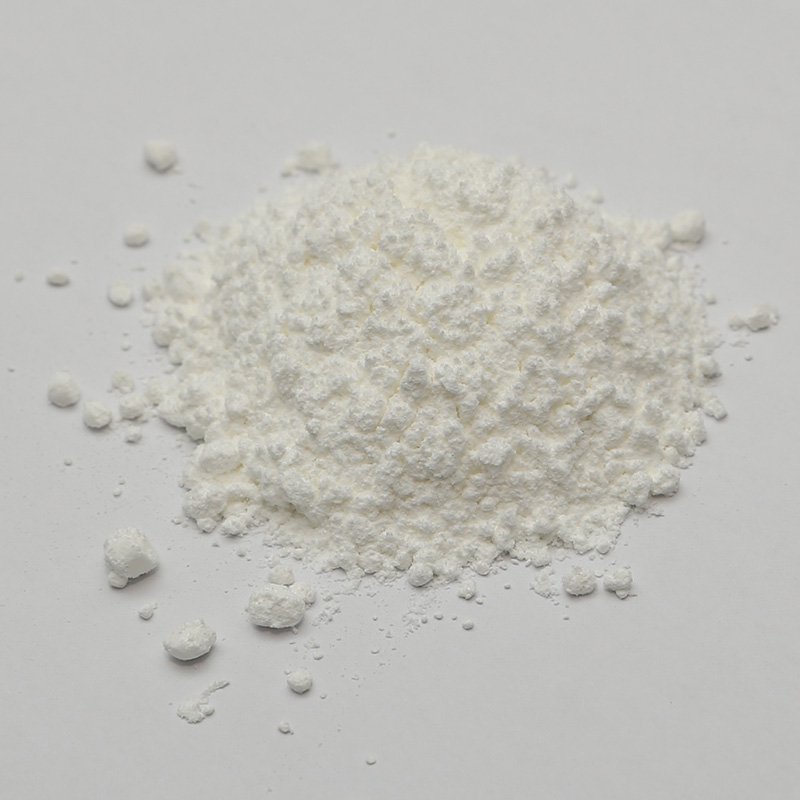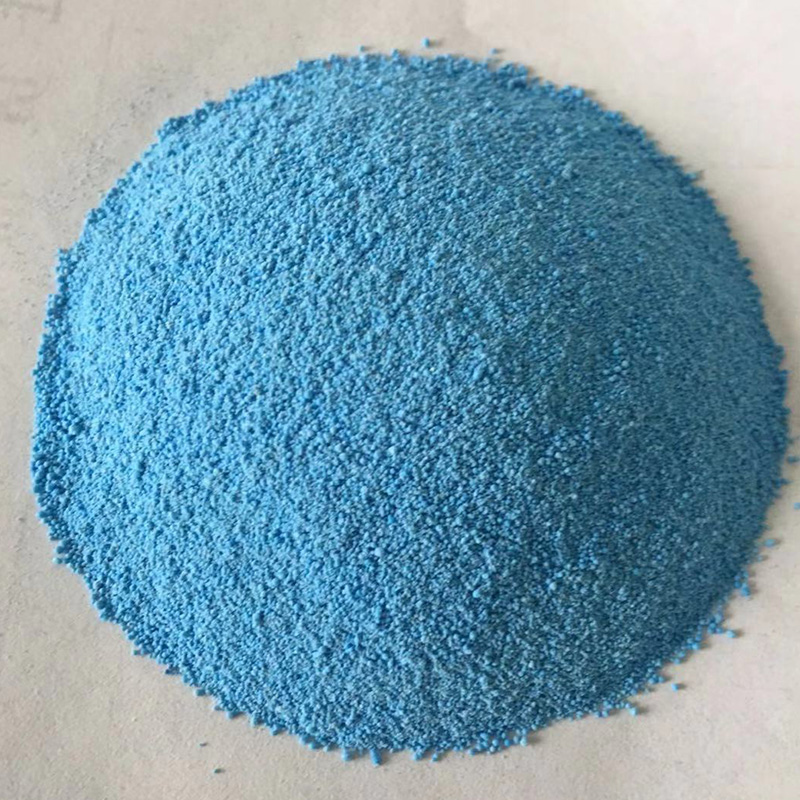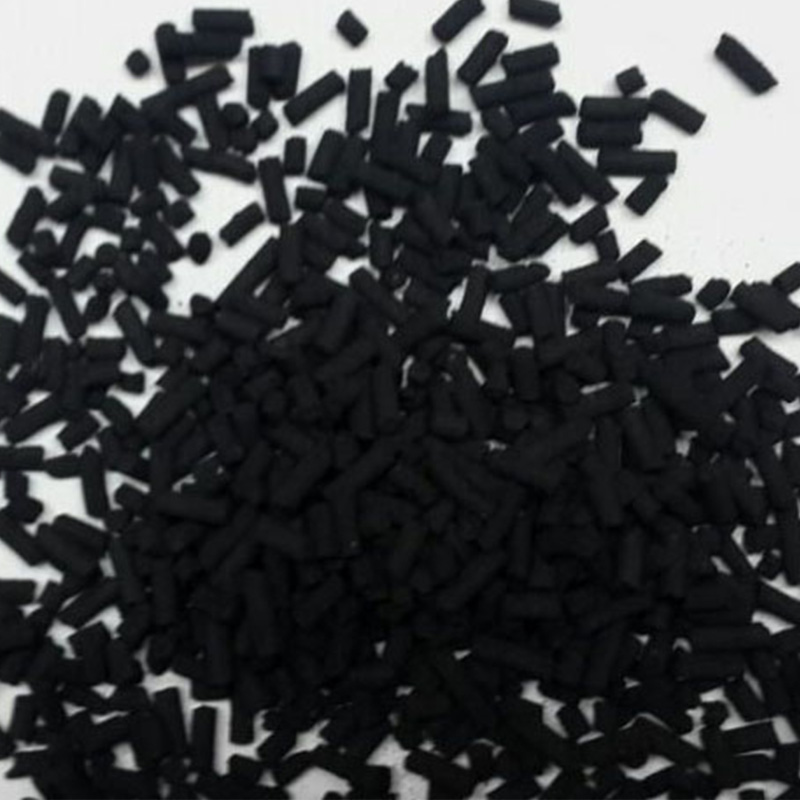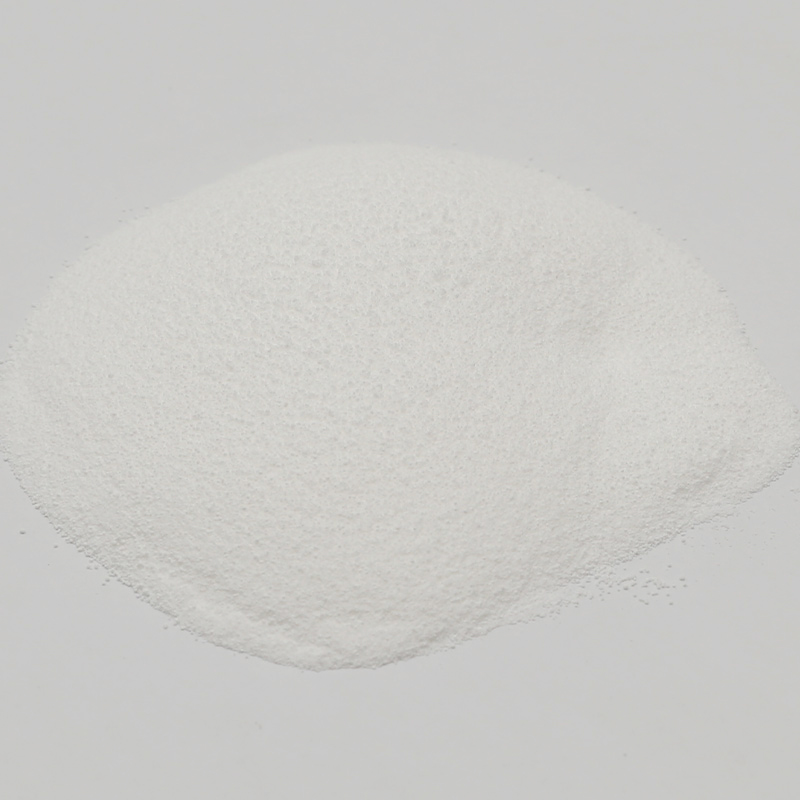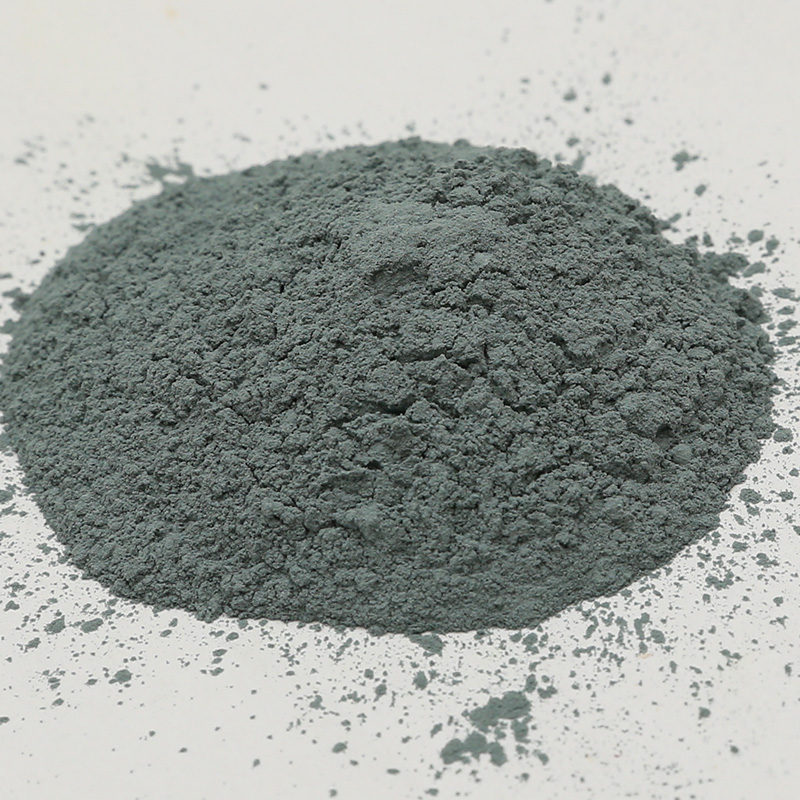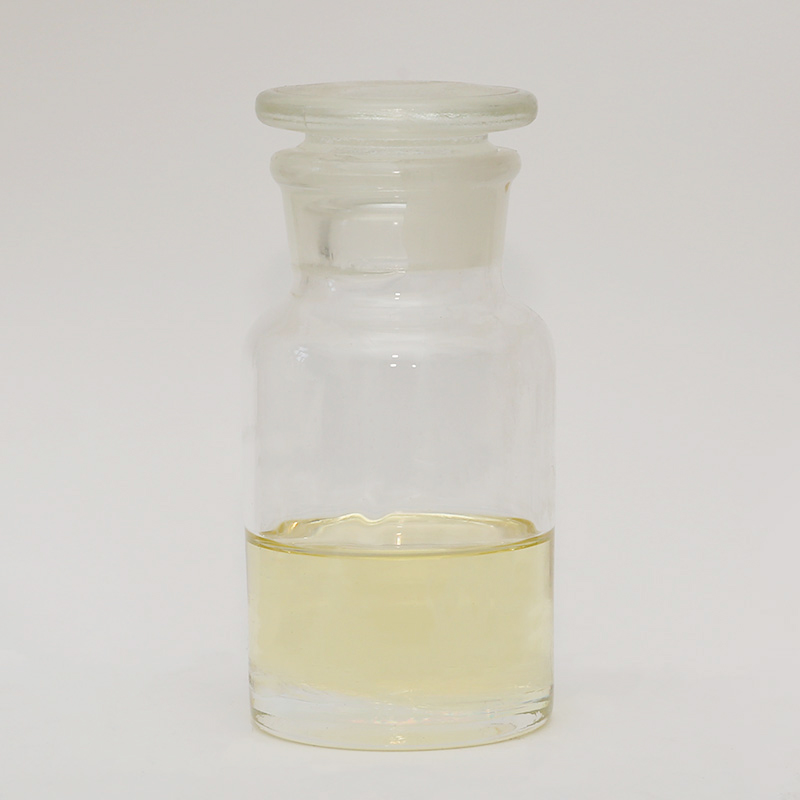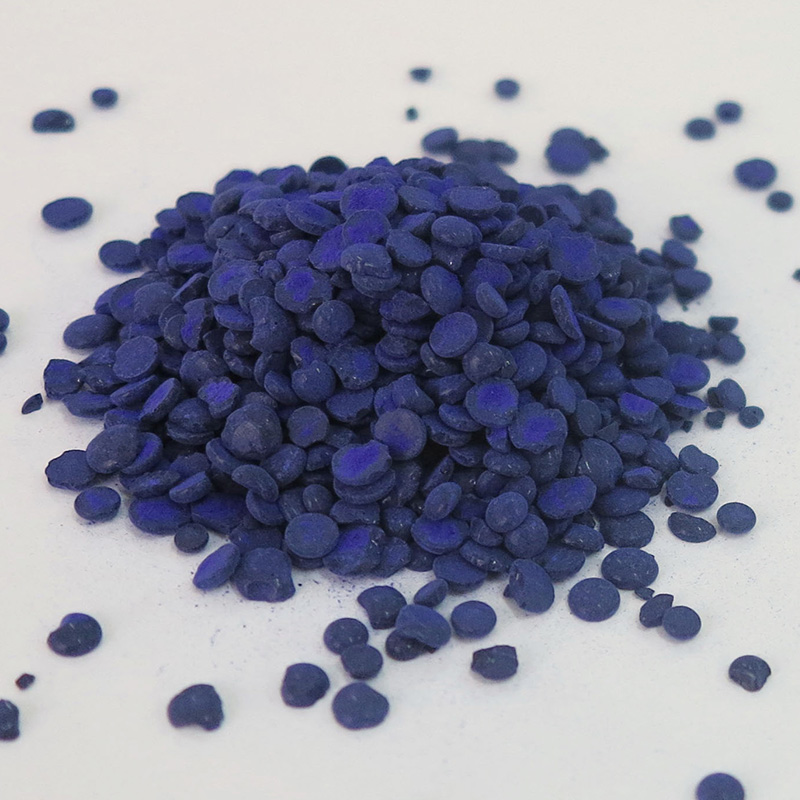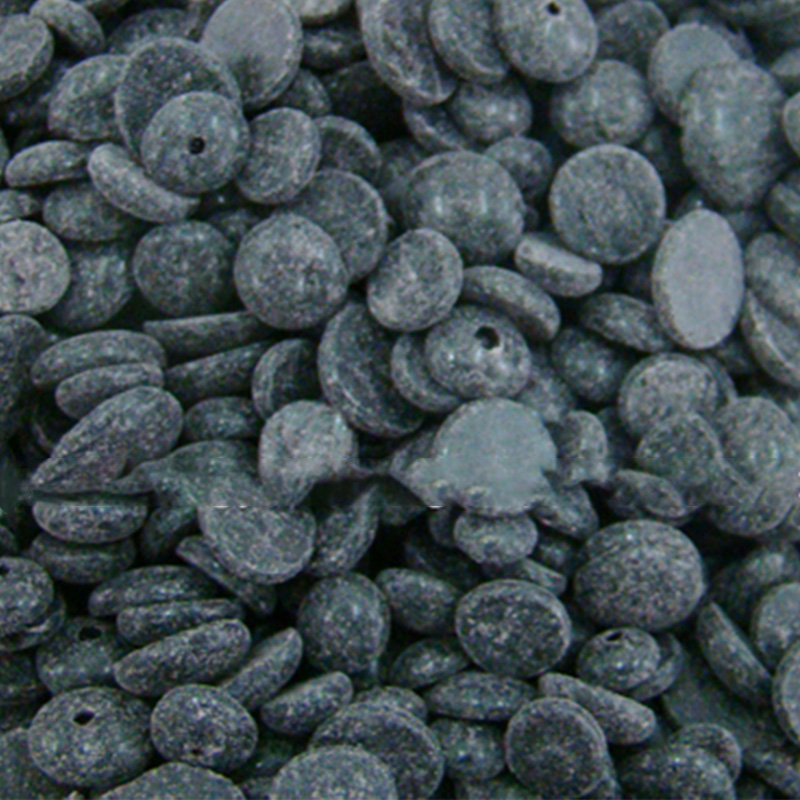In modern industrial production, ensuring strong and reliable bonding between materials is an essential part of maintaining product quality and performance. One material that plays an important role in this process is the Rubber Adhesive Agent. Known for its versatility and bonding capabilities, the Rubber Adhesive Agent is widely applied in various industries, including automotive, construction, electronics, and packaging.
A key reason industries choose to use a Rubber Adhesive Agent is its ability to improve bonding strength across different surfaces. Whether it’s rubber to metal, fabric to plastic, or rubber to rubber, the Adhesive Agent helps create a durable connection that can withstand physical stress and environmental conditions. This makes it an effective solution in areas where reliable material adhesion is required.
One of the noticeable benefits of the Rubber Adhesive Agent is its flexibility. Unlike rigid adhesives, it allows bonded surfaces to maintain some movement without breaking the bond. This is especially valuable in applications where materials expand, contract, or flex during use. The Adhesive Agent ensures that the adhesive layer adapts to these changes, preventing cracks or separation over time.
In industrial environments where high temperatures, moisture, or chemicals are present, a Rubber Adhesive Agent continues to perform reliably. Its resistance to such conditions adds to the stability of the bonded materials. Many manufacturers rely on the Adhesive Agent in settings like automotive parts assembly, where exposure to heat and vibration is common.
Another way the Rubber Adhesive Agent enhances bonding strength is by improving surface compatibility. Some materials naturally resist bonding, but an Adhesive Agent can be formulated to work effectively with various substrates. This increases the range of materials that can be joined together, offering industries more flexibility in product design and production.
Ease of application is also a practical advantage of the Rubber Adhesive Agent. It can be applied using brushes, rollers, sprays, or automated equipment, depending on the production setup. This versatility in application methods makes it suitable for both small-scale operations and large manufacturing facilities. Regardless of the method, the Adhesive Agent maintains consistent bonding performance.
Cost management is another area where the Rubber Adhesive Agent proves valuable. Creating strong, long-lasting bonds reduces the likelihood of rework, repairs, or product failure. This contributes to efficient resource use and can help lower overall production expenses. As industries aim to enhance productivity, using a reliable Adhesive Agent becomes a practical decision.
In addition to physical strength, the Rubber Adhesive Agent can enhance the appearance of bonded products. Clean, smooth adhesive layers without visible gaps or residue improve the visual quality of finished goods. This is important in applications like consumer electronics or packaging, where appearance matters as much as function.
The Rubber Adhesive Agent also supports fast production cycles. Its drying and curing times can be adjusted to meet specific manufacturing needs, whether immediate handling is required or longer curing is acceptable. This flexibility helps production managers coordinate workflows and maintain steady output.
Maintenance and repairs in industrial operations often benefit from the use of a Rubber Adhesive Agent. It can be applied for sealing, patching, or reinforcing existing bonds, offering a practical solution for equipment upkeep and facility management. This extends the life of materials and reduces downtime.
In sectors such as textiles, the Rubber Adhesive Agent is used to bond fabrics or attach rubber components to clothing or gear. Its adaptability ensures a secure bond without stiffening the material, preserving the flexibility and comfort of the final product.



 English
English Português
Português Español
Español русский
русский 中文简体
中文简体